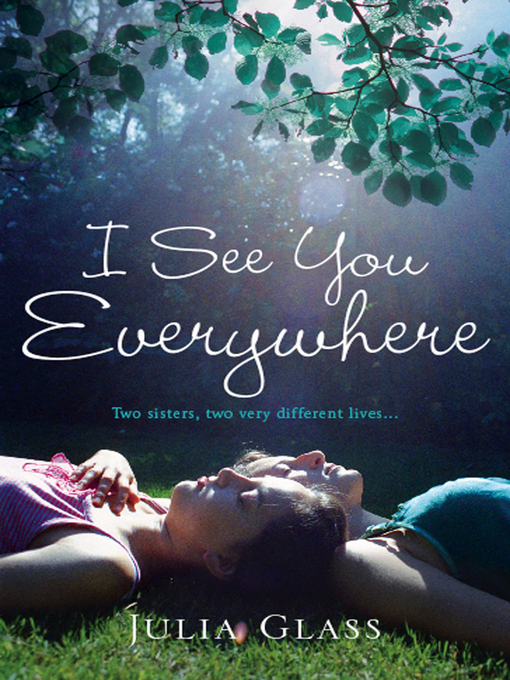Louisa and Clem: two sisters who love each other more the further they move apart
Louisa is the elder one, the conscientious student, precise and careful, who yearns for a good marriage, a career, a family. Clem, the archetypal younger sibling, is the rebel: uncontainable, iconoclastic, committed to her work but not to the men who fall for her.
Alternating between their voices, I See You Everywhere opens when the sisters are in their early twenties and unfolds through their lives in a vivid, heart-rending story of what we can and cannot do for those we love. Their complex bond, Louisa observes, is 'like a double helix, two souls coiling around a common axis, joined yet never touching.'
Alive with the same sensual detail and riveting characterization that marks Julia Glass's previous novels, I See You Everywhere is a powerful and moving double portrait that reveals the very nature of sisterhood.
- eBooks for Adults
- eBooks for Young Adults
- eBooks for Children
- Picture books
- Recently Added eBooks
- Travel
- Mystery
- Romance
- Newly Added eBooks
- Most Popular eBooks
- See all ebooks collections
- Audiobooks for Adults
- Audiobooks for Young Adults
- Audiobooks for Children
- Newly Added Audiobooks
- Most Popular Audiobooks
- Try Something Different
- Book Express
- See all audiobooks collections
- Newly Added Magazines
- Popular Australian Magazines
- Business & Finance
- Car & Motorcycle
- Crafts
- Entertainment
- Fashion
- Food & Wine
- Home & Garden
- Men's Lifestyle
- Women's Lifestyle
- Technology & Gaming
- All Magazines
- See all magazines collections

